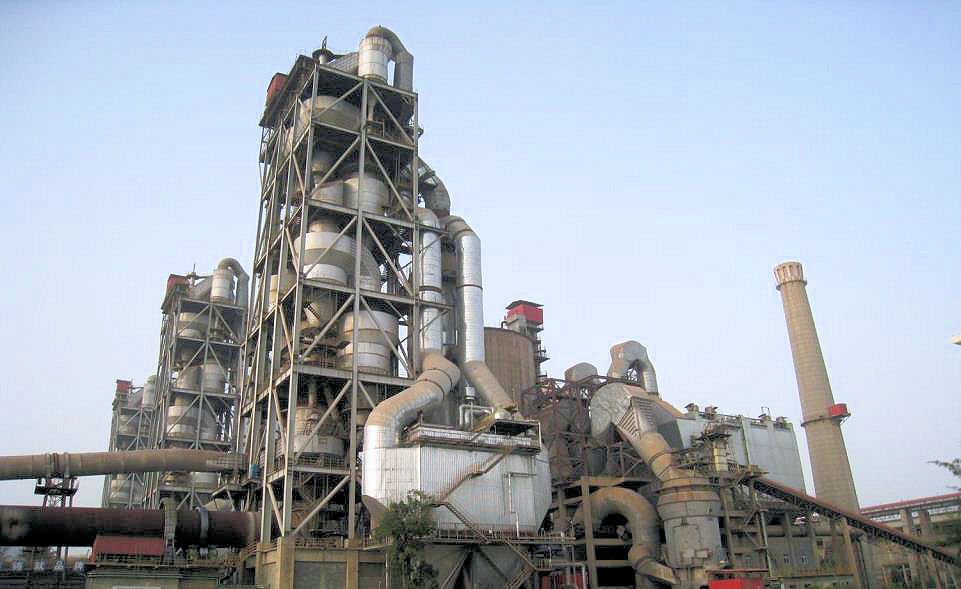Waste heat recovery is vital in order to save a plant from spending considerable amounts of money in wasted resources.
Along with major contributor AirClean, we recently participated in a presentation at the IEEE-IAS/PCA Cement Conference that covered waste heat recovery, specifically combining power production and energy efficiency projects to give plants an efficient way to use waste heat.

Here, we’ll cover a few main points from the presentation and explain the benefits of these two types of projects in waste heat recovery operations.
Reasons to Pursue Energy Efficiency Optimization
There are essentially three drivers behind energy efficiency projects.
The first is to reduce operating costs. The more energy efficient your plant is, the lower your operating cost will be, all things considered equal. And we know of no plant manager or owner who doesn’t want lower operating costs, since that essentially increases profit margins.
The second is to reduce carbon emissions in the plant. Meeting these regulations is highly important for plants in any industry, seeing as violating them could subject the plant to fines that cut into your bottom line.
The third is to reduce the amount of water you consume. Water comes at a price. The higher your water consumption is, the more you’ll pay for it. By reducing consumption, you’re conserving water and conserving money.
Additionally, you may qualify for an incentive for reducing power consumption.
Reasons to Pursue Power Production Optimization
There are also three drivers behind power production projects.
The first is to maximize available waste heat energy. Waste heat recovery is all about taking wasted heat and putting it to good use, and this can be in the form of generating more power.
The second is to maximize net present value of capital, which means you’re using your equipment to its fullest potential and getting the most from it while generating full value.
The third is to simplify power purchase agreements for external capital markets, i.e. metered electricity. Project developers need simple power purchase agreements that are understandable and easy to follow.
Below is a payoff chart for energy efficiency and power production projects in a 3,000 TPD plant from the conference presentation:

As you can see, if done correctly, the payoff can be worth it. In the future, waste heat recovery will be a plant’s bottom line. Recovering the waste heat will reduce the “per ton” cost of the product; thus, increasing profits and/or improving the company’s competitive position, as well as improve steps in helping the environment.
ProcessBarron designs and implements equipment and processes to optimize plants for better performance. Contact the team for a quote or to learn more about our services.


